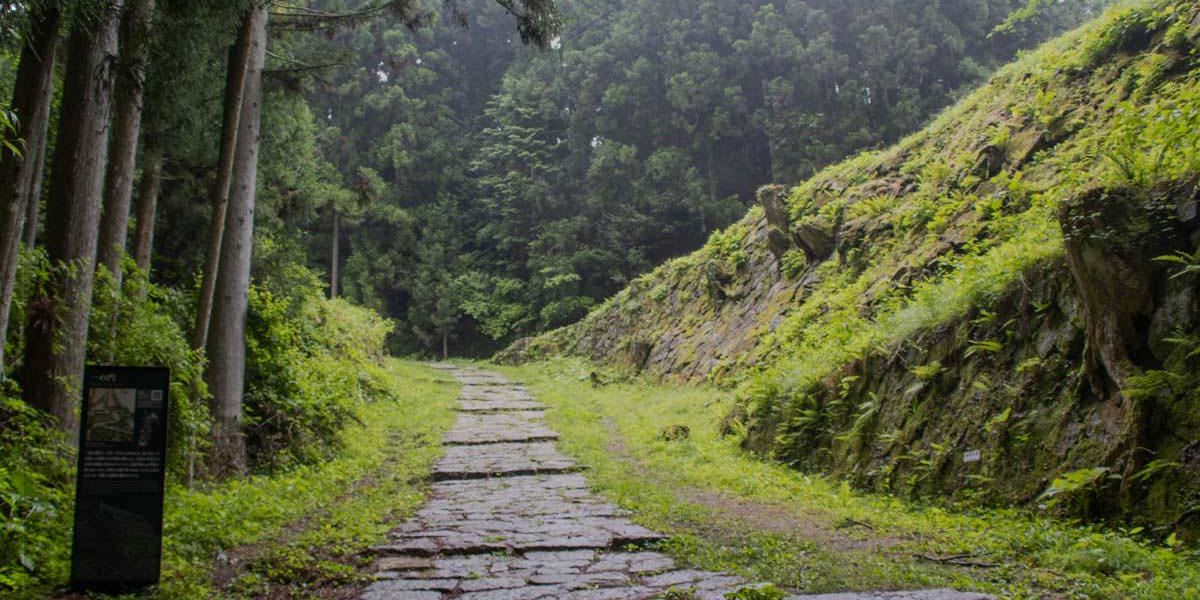Botanist, Doctor of Science, and a world leader in the research of cherry blossoms and irises, Miyoshi Manabu was born in the Edo residence of an Iwamura clan samurai and spent his childhood in the nature-rich environs of Iwamura.
At the age of 18, he became principal of an elementary school, before attending Tokyo University’s graduate school, where he continued his research in botany. While there he was ordered to study in Germany, and on returning to Japan, received his Doctor of Science degree becoming a professor at Tokyo University aged just 35. During his time as a Tokyo University professor, he is said to have published 100 research papers and wrote 100 books.
As Meiji period industries developed, ancient scenic places, natural landscapes, famous and giant trees were destroyed, and many precious natural features were pushed to the brink of extinction by human intervention. Feeling intense anger and sadness at this, Miyoshi Manabu appealed that things of natural, historical and academic value should be protected by law. His efforts led to the 1919 enacted Law for the Preservation of Historic Sites and Natural Monuments. He devoted himself to the protection of nature until just before his death. When Dr. Albert Einstein visited Japan in 1922, Miyoshi was his host, showing him around Tokyo’s Koishikawa Botanical Garden.






